 |
||||||||||||||||||||||||||||||||||||||||||||
|
Fun & philosophy from the pages of Woodlands & Prairies
If you want people to know about your past, run for public office. Ole thinks about places to go Ay’ve also neffer been in Cognito, eider. People tell me dat no von recognizes yew dare. Ay vould like to go to Conclusions, but Ay hear dat yew haff to yump to get dare. Ay haff, however, been in Sane. It does not haff an airport; yew haff to be driven dare. Ay haff made several trips, tanks to my friends and family. Man is the best computer we can put aboard a spacecraft, and it’s the only one that can be mass produced with unskilled labor. Wernher von Braun Humans need continuous and spontaneous affiliations with the biological world, and meaningful access to natural settings is as vital to the urban dweller as to any other.---Dr. Stephen Kellert, Yale University Strength does not come from physical capacity. It comes from an indomitable will.---Mahatma Gandhi Hospitality is making your guests feel at home even when you wish they were. There are worse things than getting a call for a wrong number at 4 a.m. Like it could be the right number. A paleontologist is the best husband a woman can have. The older she gets, the more interested he is in her. A diplomat is someone who tells you to go to hell in such a way that you look forward to the trip. There's no trick to being a humorist when you've got the whole government working for you.---Will Rogers If we had no faults, we should not take so much pleasure in noting those of others.---Francois VI, Duc de La Rochefoucauld |
Preview the Spring 2012 issue.
|
|||||||||||||||||||||||||||||||||||||||||||
|
|
||||||||||||||||||||||||||||||||||||||||||||
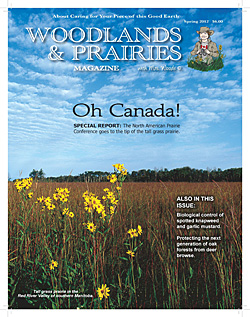 |
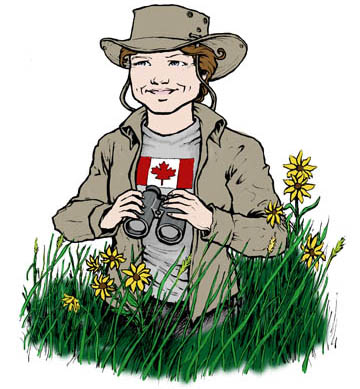 |
|||||||||||||||||||||||||||||||||||||||||||
| In this issue, we preview the North American Prairie Conference, a premier event of the prairie community. The conference has been held every two years since 1968 at locations throughout the prairie region from Ohio to Nebraska. This year’s conference will be in Winnipeg Aug. 6-10. |
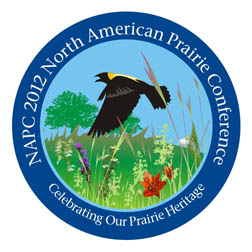 |
|||||||||||||||||||||||||||||||||||||||||||
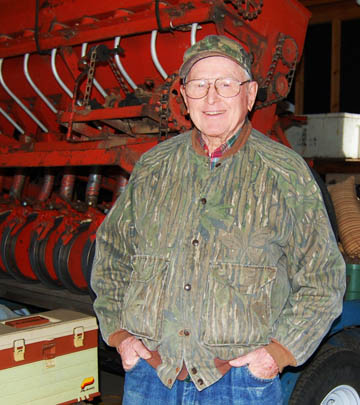 |
||||||||||||||||||||||||||||||||||||||||||||
|
In looking into the history of the conferences, editor Rollie Henkes talked to prairie veteran Peter Schramm, who organized the first conference back in 1968. Peter said the conference had a broad mix of participants from the beginning. In addition to scientists, the conferences attracted amateur naturalists, teachers, students, government workers, and people who simply wanted to know more about getting wildflowers and other prairie plants started in their gardens or other land. |
||||||||||||||||||||||||||||||||||||||||||||
|
Peter Schramm
|
||||||||||||||||||||||||||||||||||||||||||||
| This summer they will be heading to Manitoba at the tip of the tall grass prairie. It will be the first time that Western Canada has hosted the conference, and for Americans it will be a golden opportunity to learn more about the native landscapes their Canadian neighbors care for and care about. | 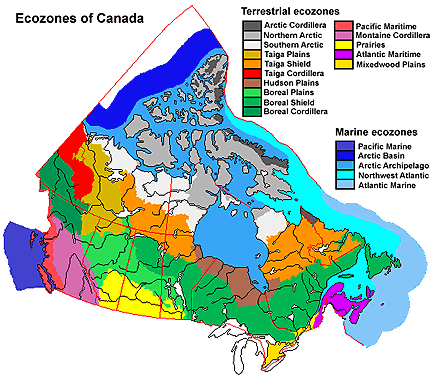 |
|||||||||||||||||||||||||||||||||||||||||||
| The story this issue on the ecozones of Canada would be useful background for anyone thinking about going to the conference. Even if you aren’t going, the story should add to your appreciation and understanding of the natural history of the continent that we share with Canadians. (You can link to this graph at - http://geogratis.cgdi.gc.ca/Ecosystem/1_ecosys/ecoreg.htm) |
||||||||||||||||||||||||||||||||||||||||||||
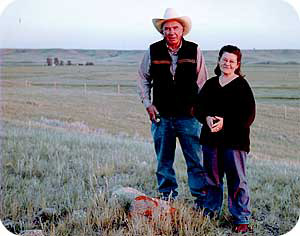 |
||||||||||||||||||||||||||||||||||||||||||||
| Other stories highlight celebrated authors on the speaking program, including Sharon Butala, who gave up a promising career in academia to live with her new husband on a 30,000-acre ranch in the mixed-grass prairie of Saskatchewan. |
||||||||||||||||||||||||||||||||||||||||||||
|
The Butalas
|
||||||||||||||||||||||||||||||||||||||||||||
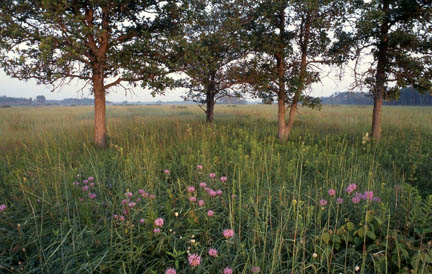 |
||||||||||||||||||||||||||||||||||||||||||||
| Field trips to the real thing compliment conference sessions. You’ll be able to visit one of the few examples of a black soil prairie in the Red River Valley or even go north to that “other grassland,” the Arctic tundra. |
||||||||||||||||||||||||||||||||||||||||||||
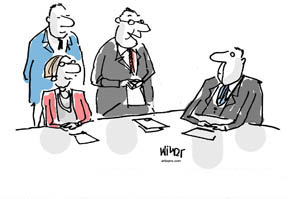 |
||||||||||||||||||||||||||||||||||||||||||||
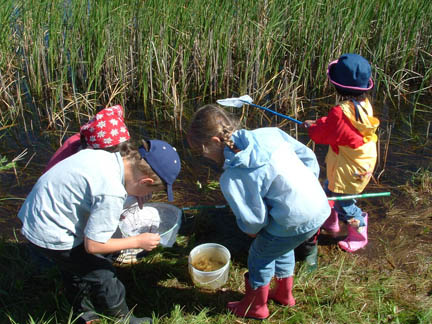 |
||||||||||||||||||||||||||||||||||||||||||||
|
"Our industry is committed to the environment. All of our lobbyists are 100% recycled congressmen."
|
||||||||||||||||||||||||||||||||||||||||||||
| Ample activities for kids make the conference an opportunity for a family vacation packed with fun and learning. | ||||||||||||||||||||||||||||||||||||||||||||
| We think this conference is important enough that we’re making the preview available in a special online edition. Click here. | ||||||||||||||||||||||||||||||||||||||||||||
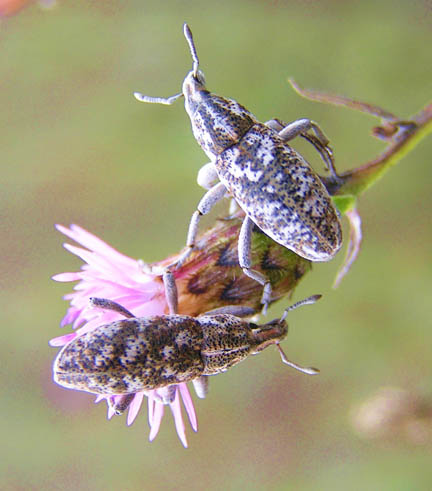 |
||||||||||||||||||||||||||||||||||||||||||||
| Biocontrol of invasive species headline other stories this issue. Read how Eurasian weevils are slowly but surely turning the tide against spotted knapweed from Montana to Michigan. This success story in the making goes back more than three decades to the first field trials with these insects at a Montana research station. |
||||||||||||||||||||||||||||||||||||||||||||
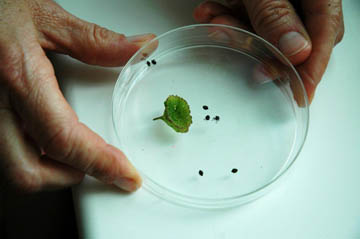 |
Spotted knapweed weevil
|
|||||||||||||||||||||||||||||||||||||||||||
| Will garlic mustard be next to face a natural enemy imported from Europe? Those fighting a losing battle against this destroyer of woodland understories certainly hope so. Hopes ride on a weevil being held under quarantine at the University of Minnesota. But it awaits approval from authorities for release. | ||||||||||||||||||||||||||||||||||||||||||||
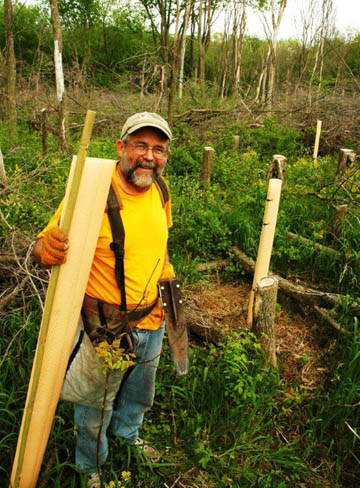 |
||||||||||||||||||||||||||||||||||||||||||||
| Jack Knight, our Tree Guy, shows the right way to protect seedlings from deer browse using tree tubes. Jack’s “Tubetorial” will get us going on establishing that all-important next generation of oak forests. |
||||||||||||||||||||||||||||||||||||||||||||
|
Jack Knight
|
||||||||||||||||||||||||||||||||||||||||||||
|
|
||||||||||||||||||||||||||||||||||||||||||||
|
Midwest Woodlands & Prairies is published four times a year by Wood River Communications.
© by Wood River Communications. Reproduction prohibited without written consent |
||||||||||||||||||||||||||||||||||||||||||||